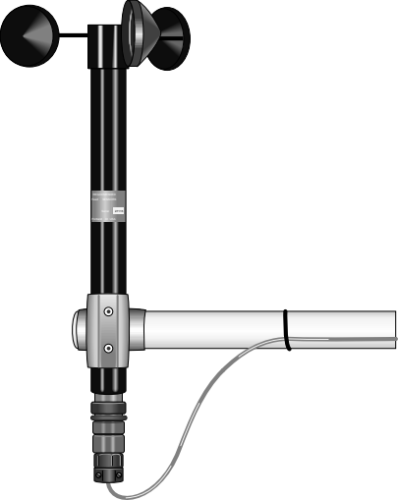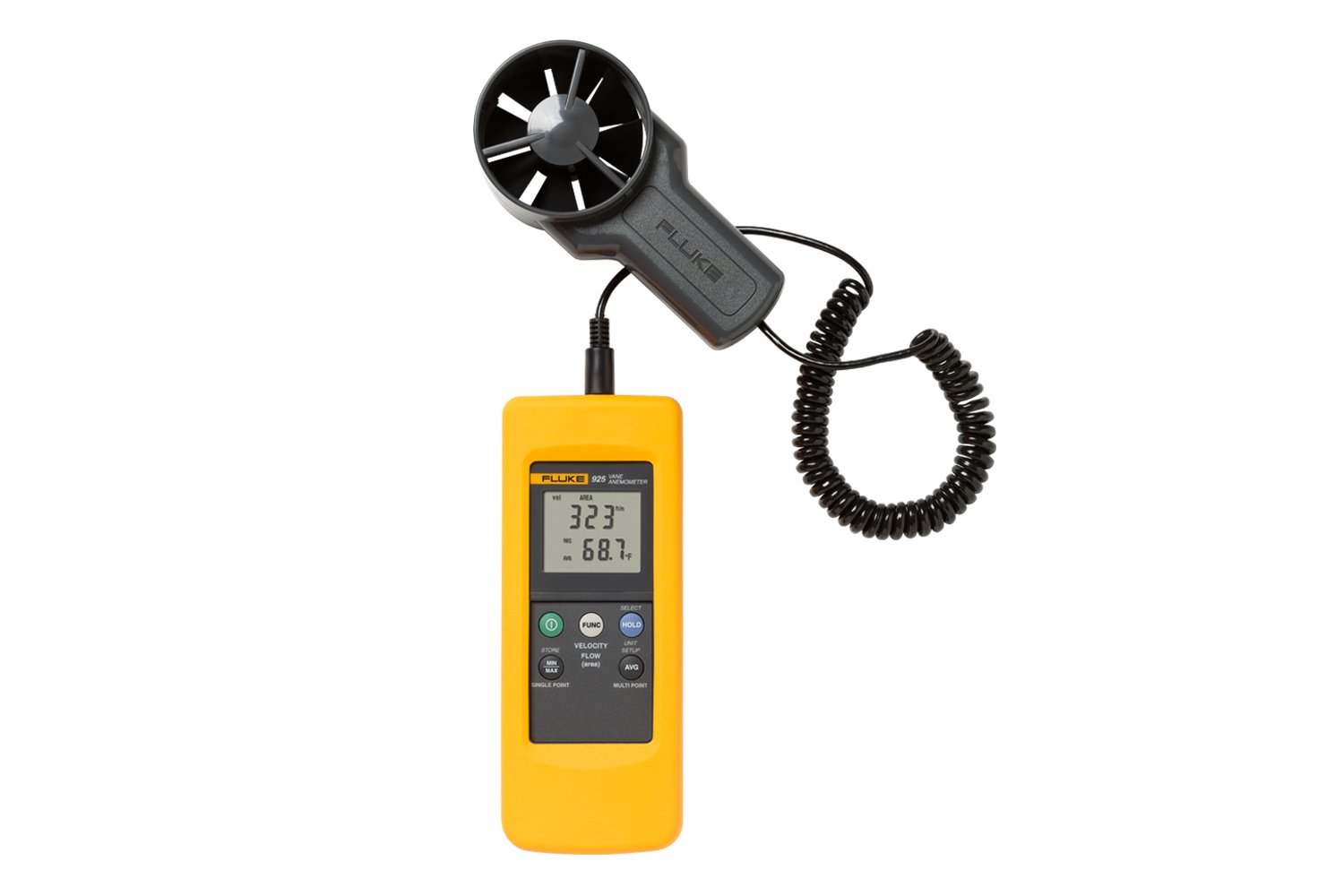Anemometer Innovations: The Current Modern Technology for Wind Rate Dimension
Anemometer Innovations: The Current Modern Technology for Wind Rate Dimension
Blog Article
Anemometers Introduced: Comprehending Their Importance in Ecological Surveillance and Precaution
The duty of anemometers in ecological monitoring and safety measures is usually undervalued, yet their value is undeniable. From meteorology to aeronautics safety, anemometers play a vital duty in providing exact data that informs decision-making procedures and improves general security.
History of Anemometers
The evolution of anemometers can be mapped back to the ancient people where basic wind determining tools were first used. One of the earliest recognized anemometers was the hemispherical mug anemometer invented by Leon Battista Alberti in the 15th century.
In the 18th century, the popular researcher John Thomas Romney Robinson presented the Robinson anemometer, which included 4 hemispherical mugs mounted on horizontal arms that prolonged from a central axis. This layout ended up being a criterion in atmospheric measurements due to its accuracy and dependability. Throughout the years, innovations in modern technology led to the development of more modern anemometers, including ultrasonic anemometers and laser Doppler anemometers, offering enhanced precision and efficiency in measuring wind speed and direction. The history of anemometers showcases a remarkable journey of innovation and progress in the area of weather forecasting.
Kinds Of Anemometers
Throughout the field of weather forecasting, different kinds of anemometers have actually been established to properly measure wind rate and instructions. Sonic anemometers utilize ultrasonic signals to gauge wind speed and direction properly. Hot-wire anemometers run based on the concept that the cooling effect of wind on a heated cord is proportional to the wind speed.
Applications in Weather Forecasting
Having actually talked about the different sorts of anemometers made use of in weather forecasting for measuring wind speed and direction, it is necessary to discover their sensible applications in the area. Anemometers play an essential function in meteorology by supplying real-time and precise information on wind problems (anemometer). Meteorologists utilize anemometers to keep an eye on wind rate and direction to forecast weather condition patterns, problem cautions for serious weather condition occasions like tornados, twisters, and typhoons, and evaluate atmospheric problems for air travel security
In meteorology, anemometers help in understanding regional and local wind patterns, which are vital for predicting climate adjustments and establishing weather trends. These devices are additionally made use of in research study to study microclimates, city warm islands, and air pollution diffusion. In addition, anemometers are utilized in agriculture to optimize plant administration techniques, such as why not look here irrigation and pesticide application, based on wind conditions.
Significance in Aeronautics Security
An integral aspect of making sure aviation security exists in the meticulous surveillance of wind conditions making use of anemometers. Anemometers play a critical duty in aviation by supplying real-time data on wind rate and direction, helping pilots in making educated decisions throughout take-off, trip, and touchdown. Uncertain and strong winds can substantially influence aircraft procedures, making it essential for air travel authorities to depend on accurate wind dimensions to make certain the safety of travelers and staff.

In the vibrant atmosphere of aeronautics, where even small changes in wind rate and instructions can have profound impacts, anemometers stand as crucial devices for promoting safe and secure air travel.
Duty in Environmental Research
Exactly how do anemometers add to developments in ecological study? Anemometers play an important duty in environmental research by supplying essential data on wind speed and instructions. This details is important for comprehending numerous atmospheric processes, such as air pollution dispersion, climate patterns, and environment change. By properly gauging wind characteristics, anemometers assist scientists examine the activity of pollutants in the air, assess the effect of industrial discharges, and forecast the spread of impurities in the environment.


Conclusion
In final thought, anemometers have played a vital duty in informative post ecological tracking and precaution. With an abundant history and various types available, these tools have actually been commonly utilized in meteorology, aviation safety and security, and ecological research study. Comprehending the importance of anemometers is vital for accurately measuring wind rate and instructions, which is important for predicting weather patterns, ensuring secure air travel operations, and conducting ecological research studies - anemometer. Their contributions to these fields can not be taken too lightly.
One of the earliest known anemometers was the hemispherical mug anemometer created by Leon Battista Alberti in the 15th century. Over the years, advancements in modern technology led to the development of even more modern anemometers, consisting of ultrasonic anemometers and laser Doppler anemometers, offering boosted precision and effectiveness in gauging wind speed and instructions. Hot-wire anemometers operate based on the principle that the cooling result of wind on a heated cable is symmetrical to the wind speed. Meteorologists utilize anemometers to check wind speed and instructions to anticipate weather patterns, concern warnings for severe weather occasions like twisters, tornados, and storms, and examine climatic problems for aeronautics safety.
Comprehending the relevance of anemometers is essential for accurately measuring wind speed and direction, which is crucial for anticipating climate patterns, making certain secure aviation operations, and conducting environmental studies. (anemometer)
Report this page